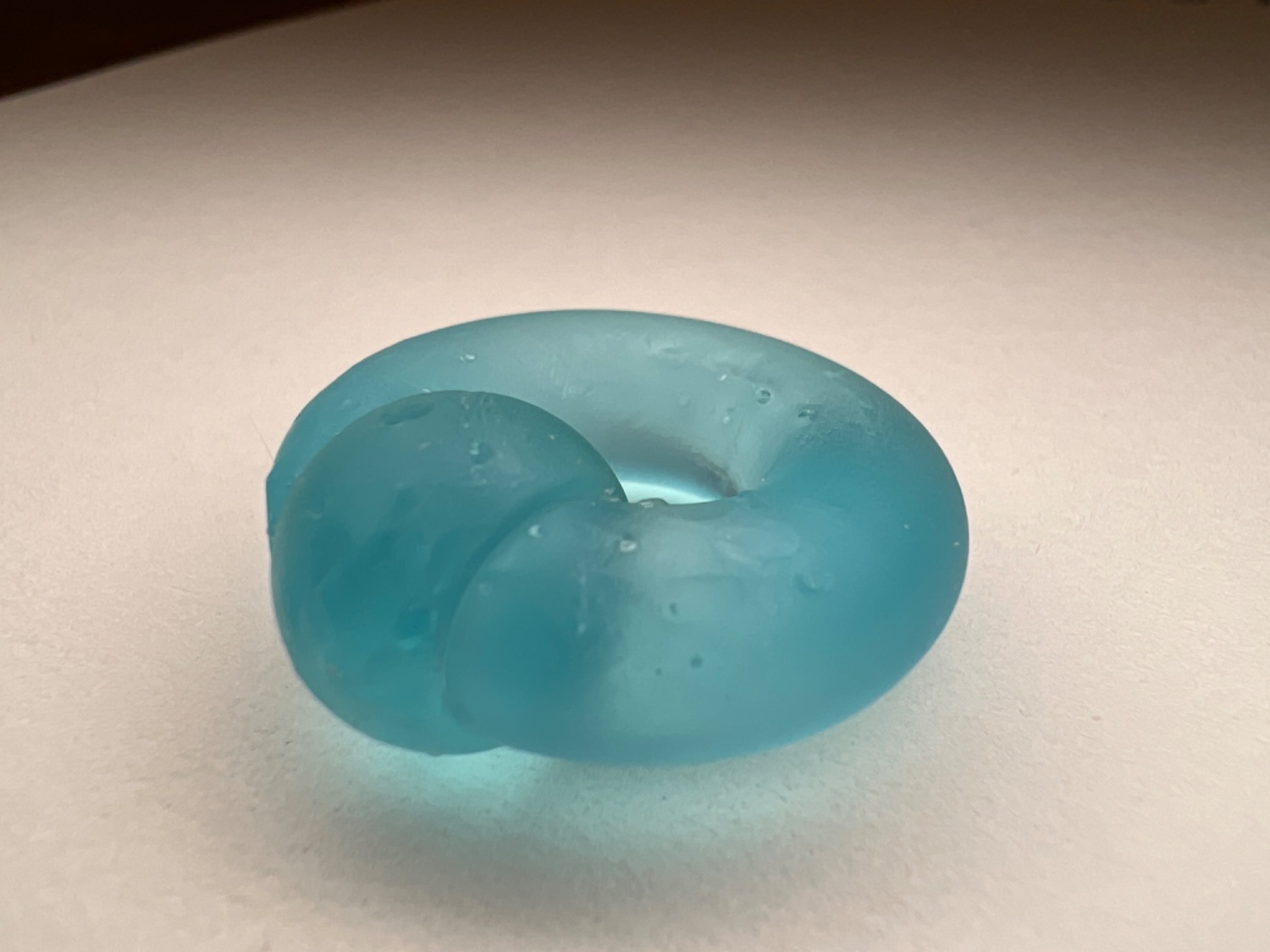3DPrinting
3DPrinting is a place where makers of all skill levels and walks of life can learn about and discuss 3D printing and development of 3D printed parts and devices.
The r/functionalprint community is now located at: [email protected] or [email protected]
There are CAD communities available at: [email protected] or [email protected]
Rules
-
No bigotry - including racism, sexism, ableism, homophobia, transphobia, or xenophobia. Code of Conduct.
-
Be respectful, especially when disagreeing. Everyone should feel welcome here.
-
No porn (NSFW prints are acceptable but must be marked NSFW)
-
No Ads / Spamming / Guerrilla Marketing
-
Do not create links to reddit
-
If you see an issue please flag it
-
No guns
-
No injury gore posts
If you need an easy way to host pictures, https://catbox.moe may be an option. Be ethical about what you post and donate if you are able or use this a lot. It is just an individual hosting content, not a company. The image embedding syntax for Lemmy is 
Moderation policy: Light, mostly invisible
view the rest of the comments

@CaptainFlintlockFinn are those resin support marks? If so you could try reorienting your model to reduce the number of supports needed. Possibly experimenting with the number, spacing and thickness may get better results. I'm no expert but have found it helps sometimes.
They are indeed support marks. I’ve already messed with orientation and this is the position with the least marks so far. I haven’t really messed with support settings yet. Thanks for the idea.
As a consummate resin printer, a couple points: those support blemishes are a result of penetration depth and can be rectified by dialing that setting back while offsetting its load with additional, smaller supports. Furthermore, the photo indicates your object's angle during printing is not the correct arctan, and I highly suggest you look into calibrating that accordingly. Lastly, and this is not to be shrugged off lightly: assuming the object is a prototype piercing adornment, please do your due diligence and research the physiological dangers of prolonged skin contact with not only MSLA resin but any/all varnishes, etc. you use in post-processing, as well. This is no joke; they can often be incredibly damaging with irreparable life-long effects.
Thanks!
Everything I found said that cured resin is inert. I did see that there are biocompatible resins out there but they seem to be mostly used in dental applications. I’ll keep searching though.
IIRC, cured resin is not as toxic as uncured, but it is in no way "inert". Piercing locations are typically soft tissue, and therefore more susceptible to contact issues. Please, be safe, and if you're selling these: ensure your clients are, too. To put this in perspective: would you feel as confident in this "inert" state were you printing binkies for infants?
10-4. I hear you.
For labs sells a biocompatible resin for medical use. I’ll probably end up switching to that.
@Piecemakers3Dprints @CaptainFlintlockFinn as a one time chemist I'd agree that there is a real possibility some trace materials in the resin causing some harm in prolonged contact. The resin may be set but could potentially leach some of the other materials such as unreacted ingredients, catalysts etc. In the same way that cheap jewellery can release alloying metals that cause irritation. A dermatologically safe varnish seems a sensible call.
Here is an alternative Piped link(s): https://piped.video/watch?v=-pbi6CkZxgA
Piped is a privacy-respecting open-source alternative frontend to YouTube.
I'm open-source, check me out at GitHub.